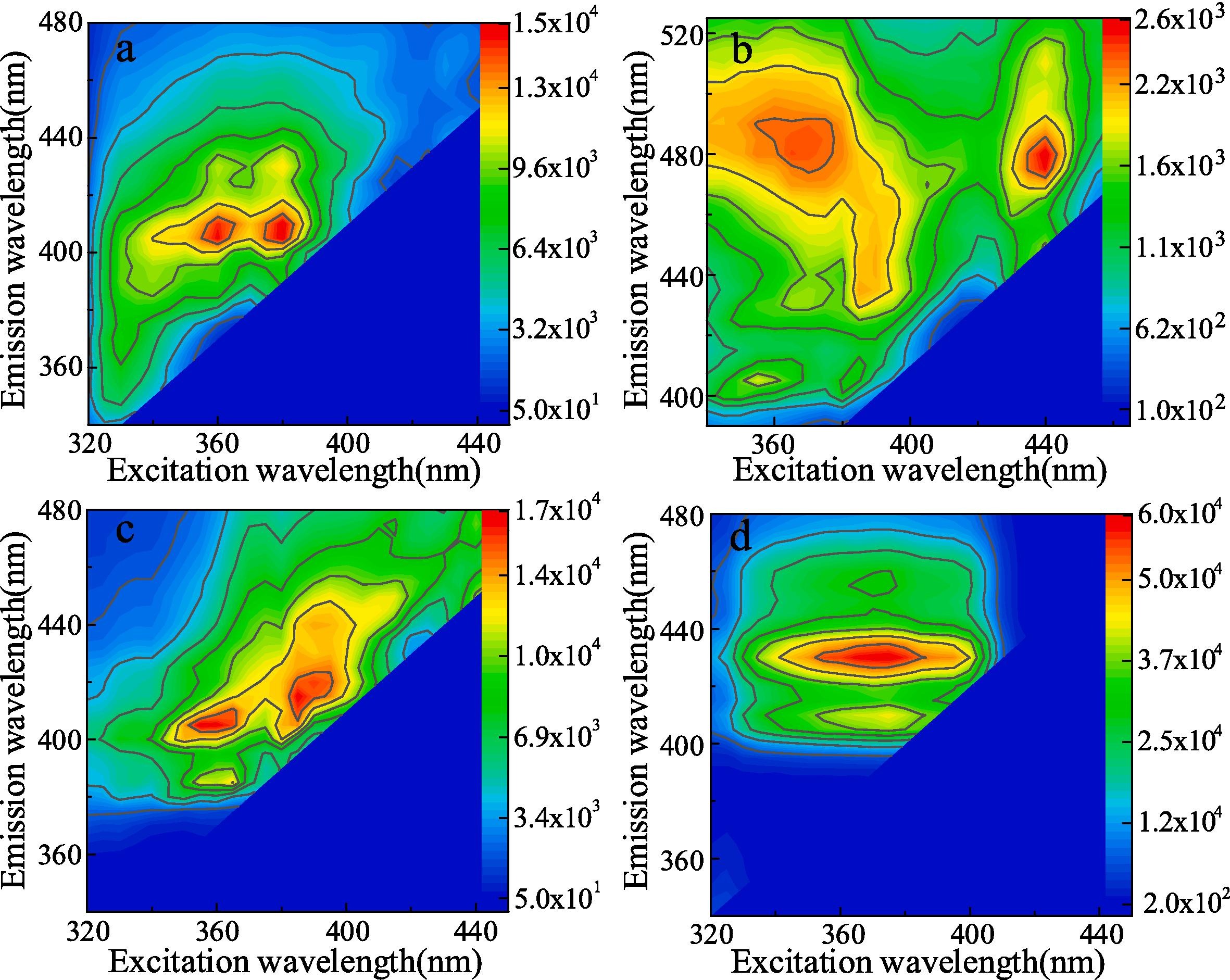Steady-state/Transient Fluorescence Spectrometer Testing Service
Steady-state/transient fluorescence spectrometer testing is a spectral analysis technique used to evaluate the fluorescence emission characteristics and dynamic behavior of samples. The principle is based on changes in the fluorescence signal emitted by molecules under excitation light. Steady-state fluorescence detection provides information such as emission wavelength, fluorescence intensity, and quantum yield, while transient fluorescence detection measures fluorescence lifetime, excited-state decay processes, and energy transfer behavior, often using techniques such as time-correlated single photon counting.
The steady-state/transient fluorescence spectrometer testing service is widely applied in fields such as the development of optoelectronic functional materials (e.g., OLEDs and solar cells), screening and validation of biological markers, characterization of nanomaterials, drug molecule screening, and detection of environmental pollutants. It is an essential tool for studying molecular photophysical processes, excited-state behaviors, and energy transfer mechanisms.
Services at MtoZ Biolabs
Based on a high-performance steady-state/transient fluorescence spectrometer platform combined with a precise time-resolved detection system, the steady-state/transient fluorescence spectrometer testing service provided by MtoZ Biolabs enables comprehensive spectral analysis of samples. This service ensures high sensitivity, high time resolution, and excellent data reproducibility, making it widely applicable for fluorescence property research and functional validation of various types of samples, including materials, pharmaceuticals, and biomolecules. We offer, but are not limited to, the following types of spectral measurements:
1. Excitation Spectrum
Measures fluorescence intensity changes at different excitation wavelengths under a fixed emission wavelength to determine the optimal excitation condition.
2. Emission Spectrum
Records the fluorescence wavelength range and intensity emitted by the sample at a specific excitation wavelength to analyze the emission characteristics of fluorescent substances.
3. Fluorescence Lifetime Measurement
Obtains the decay curve of excited-state fluorescence through time-resolved detection, calculates fluorescence lifetime, and reveals information on energy transfer, quenching, and microenvironmental changes.
Service Advantages
1. Multidimensional Spectral Information Acquisition
Supports both steady-state and transient fluorescence measurements, enabling the acquisition of emission spectra, excitation spectra, fluorescence lifetime, and other optical parameters to comprehensively reveal the fluorescence properties and dynamic behavior of samples.
2. High Sensitivity and Temporal Resolution
Utilizes high-performance detectors and pulsed excitation sources, offering nanosecond- to picosecond-level time resolution. This allows for accurate detection and analysis of rapid emission processes and weak fluorescence signals.
3. Wide Sample Compatibility
This service accommodates a broad range of sample types including liquids, solids, thin films, nanomaterials, and biological specimens, meeting diverse testing needs across various research scenarios.
4. High Data Reliability
Standardized testing protocols and stringent quality control measures ensure excellent reproducibility and comparability of results, making the data suitable for both scientific research and product performance validation.
Applications
1. Evaluation of Fluorescent Material Performance
The steady-state/transient fluorescence spectrometer testing service can be used to assess the emission wavelength, quantum yield, and fluorescence lifetime of materials such as organic small molecules, quantum dots, fluorescent probes, and luminescent polymers. These data provide guidance for their application in optoelectronic devices, display materials, and sensors.
2. Research on Biological Labeling and Molecular Probes
This service is suitable for studying the excitation/emission characteristics and lifetime variations of fluorescently labeled proteins, nucleic acids, or organelles under different conditions. It is widely applied in cell imaging, molecular interaction analysis, and drug screening.
3. Investigation of Photophysical Processes and Energy Transfer Mechanisms
Through transient fluorescence lifetime analysis, this service can be used to study excited-state dynamics, fluorescence quenching, Förster Resonance Energy Transfer (FRET), and other processes. It aids in understanding energy transfer and non-radiative processes in materials or biological systems.
4. Environmental and Solvent Effect Studies
The steady-state/transient fluorescence spectrometer testing service can be applied to analyze how external factors such as solvent polarity, pH, and temperature influence fluorescence properties. It reveals molecular conformation changes or aggregation behaviors, supporting material design and performance optimization.
Case Study
1. Application of 3D Fluorescence Spectroscopy and a Convolutional Neural Network for Oil Emulsion Species Identification
This study aimed to evaluate the effectiveness of steady-state fluorescence spectroscopy in identifying types of oil-in-water emulsions. The research focused on various oil-based emulsion samples. Using the FLS1000 steady-state fluorescence spectrometer, 3D fluorescence spectral data were collected for each emulsion, constructing spectral images based on excitation wavelength, emission wavelength, and fluorescence intensity to capture distinct spectral differences among the emulsions. A convolutional neural network (CNN) was then applied to perform pattern recognition and classification training on the fluorescence data. The results showed that different emulsions exhibited distinguishable spectral features in their 3D fluorescence profiles, and the CNN model achieved higher classification accuracy compared to traditional multivariate statistical methods. The study concluded that 3D steady-state fluorescence spectroscopy is an efficient and non-destructive method for emulsion identification, and when combined with deep learning, it significantly enhances analytical precision and automation, offering promising application potential.

Wang, Z W. et al. Measurement, 2024.
Figure 1. 3D Fluorescence Spectrum of Emulsified Oil with 95 % Concentration.
FAQ
Q1: What Types of Samples Are Suitable for Fluorescence testing?
A1: This service is applicable to various forms of fluorescent samples, including liquids, solids, films, and powders. Common samples include organic dyes, quantum dots, nanomaterials, biological markers, pharmaceutical molecules, and fluorescent proteins.
Q2: Are there Any Requirements Regarding Sample Concentration?
A2: Yes. The fluorescence intensity of the sample must fall within the instrument’s detection range. Excessive concentration may lead to self-absorption and inner filter effects, while too low a concentration may result in a low signal-to-noise ratio. It is recommended to provide concentration information prior to testing so we can assist in assessing sample suitability.
MtoZ Biolabs, an integrated chromatography and mass spectrometry (MS) services provider.
Related Services
Structure&Component Analysis Services
Ultraviolet Photoelectron Spectrometer (UPS) Analytical Service
X-ray Photoelectron Spectroscopy (XPS) Testing Service
How to order?







